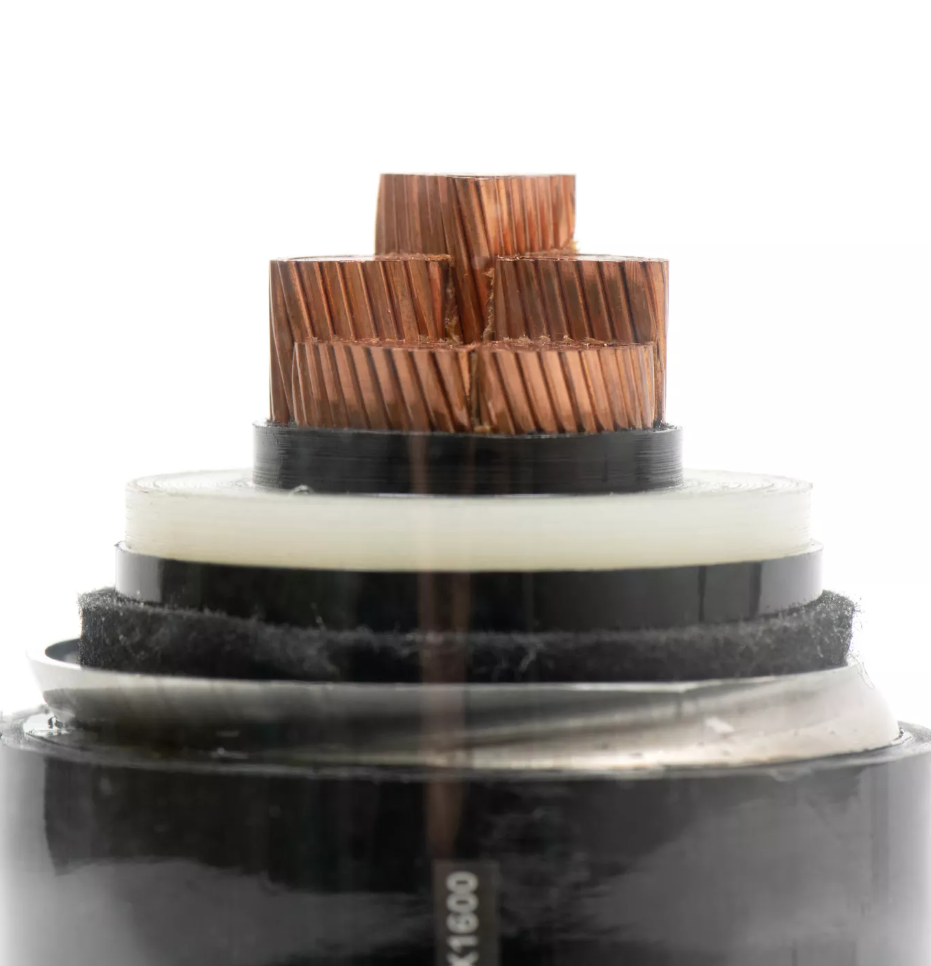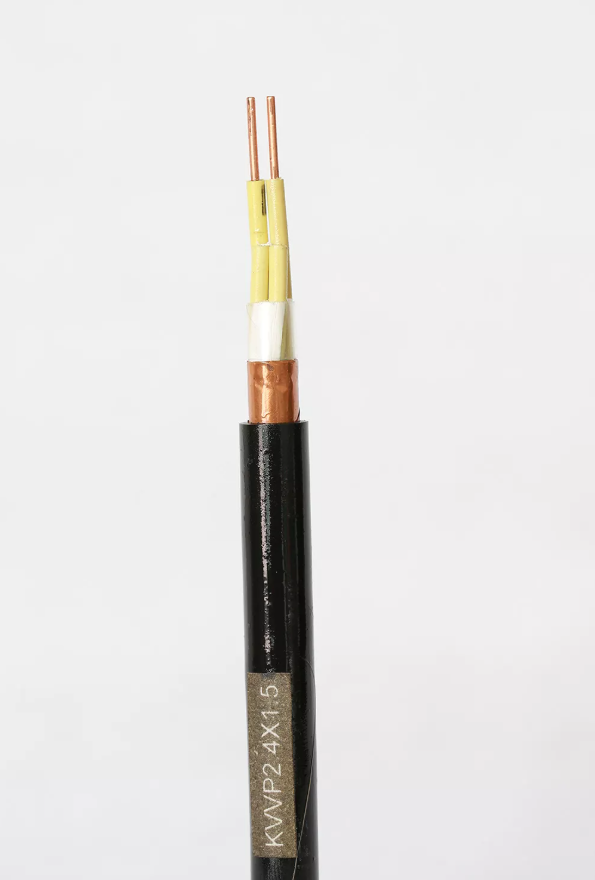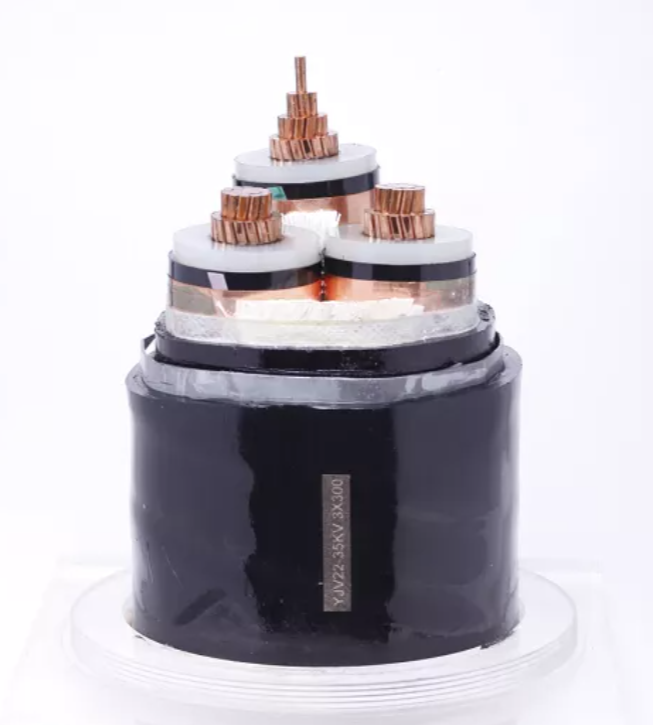close
Choose Your Site
Global
Social Media
Views: 0 Author: Site Editor Publish Time: 2025-07-16 Origin: Site
Power cables are essential for transmitting electrical energy, powering everything from homes to industries. But have you ever thought about the advantages they offer? In this post, we'll discuss the key benefits of using power cables, including their efficiency, safety, and flexibility. Understanding these advantages is crucial for making informed choices about your electrical systems.
Power cables are specifically designed to minimize energy loss, which is a significant advantage for long-distance electricity transmission. These cables use materials like copper and aluminum, which have low electrical resistance, enabling the efficient flow of electricity from power stations to consumers. By reducing the amount of energy lost as heat, power cables ensure that more electricity reaches its destination, improving the overall efficiency of the electrical grid. This becomes even more important when considering large-scale power grids that span hundreds or even thousands of miles. High-voltage transmission over long distances helps reduce energy waste, making power cables crucial for efficient energy distribution.
Efficient power cable transmission ensures that a higher percentage of the generated power reaches consumers, minimizing energy losses and helping to reduce costs across the system.
Power cables provide essential safety benefits, especially when compared to other transmission methods like overhead power lines. The insulation and sheathing materials used in power cables help prevent electrical faults, such as short circuits, which can lead to fires or dangerous electric shocks. These cables are built to protect against physical and environmental damage, making them more reliable for everyday use. Underground cables are particularly advantageous because they are less vulnerable to weather-related disturbances, such as storms, ice, or lightning strikes. Overhead lines, on the other hand, can be knocked down during severe weather, leading to power outages and safety risks.
Power cable safety and reliability are critical, as they ensure uninterrupted power supply and minimize the risk of accidents, especially in vulnerable areas where weather or wildlife could pose a threat to overhead lines.
One of the biggest advantages of underground power cables is their positive impact on the environment and urban aesthetics. Unlike overhead lines, which are often seen as unsightly and disruptive, underground cables are buried and virtually invisible. This helps maintain the visual integrity of cities and rural areas, where large numbers of overhead lines can cause visual clutter and reduce the overall appeal of the landscape. Additionally, underground power cables are less prone to physical damage from environmental hazards like storms, falling branches, or wildlife interference, further improving their reliability.
The environmental benefits of power cables are clear: they help preserve natural beauty, reduce visual pollution, and offer better protection against environmental damage compared to traditional overhead lines.
Power cables are built to last, and many types, particularly XLPE (Cross-linked Polyethylene) and PVC (Polyvinyl Chloride), are designed to withstand extreme environmental conditions. These cables are resistant to moisture, UV radiation, chemicals, and temperature fluctuations, which helps them last longer and reduces the need for frequent replacements. This durability translates into fewer repairs and lower maintenance costs over time. In contrast, overhead lines are more exposed to the elements, making them prone to damage from storms, fallen trees, and other environmental factors, which can result in higher repair and replacement costs.
Durable power cables and cost savings go hand in hand. By reducing the frequency of repairs and replacements, power cables offer long-term value and financial benefits for utilities and consumers.
Another significant advantage of power cables is their flexibility in installation. These cables can be installed both underground and overhead, depending on the specific needs of the area. Underground cables are often chosen in urban areas, where space is limited and aesthetics are important, while overhead cables are used in rural areas where installation costs may be lower. The versatility of power cables allows them to adapt to different environments and infrastructure needs.
XLPE cables, in particular, are compact and easy to handle, making them ideal for difficult-to-reach locations or when space is a concern. The flexibility in installation not only reduces costs but also allows for better planning and execution of power distribution projects in varying environments.
Flexible power cable installation provides utilities and cities with multiple options for energy distribution, improving efficiency, and lowering overall installation costs.
Power cables are the backbone of electrical systems, responsible for transmitting electricity from one point to another. They carry electrical energy from power plants or substations to homes, businesses, and industries.
There are various types of power cables, including:
● HT (High Tension) cables: Used for high-voltage transmission, typically for long-distance electricity delivery.

● LT (Low Tension) cables: Designed for lower voltage distribution, typically used in residential and small commercial applications.

● ACSR (Aluminum Conductor Steel Reinforced) conductors: Used for overhead lines, especially in areas where high mechanical strength is needed.

Power cables are used across multiple sectors, including residential, commercial, and industrial settings, ensuring that electricity is delivered reliably and safely.
In urban areas, power cables are often buried underground to keep the city landscape clear and reduce visual clutter. Underground power grids are less vulnerable to weather-related disturbances, such as storms or lightning, ensuring a continuous power supply.
In industrial settings, power cables are crucial for powering factories, machinery, and large-scale operations. Power cables in these settings need to be durable and able to handle higher electrical loads, ensuring that operations run smoothly without interruptions.
Why power cables are crucial for energy distribution: They are essential in both residential and industrial infrastructure, allowing for efficient, reliable, and safe electricity transmission.
When comparing underground power cables to traditional overhead lines, several key differences stand out. Power cables, especially when buried underground, are less exposed to environmental damage such as wind, ice, or lightning, which often disrupt overhead systems. On the other hand, overhead lines are easier to install and maintain, making them a more cost-effective option in some areas.
Pros of power cables include higher reliability, especially in urban environments, and fewer interruptions due to weather. However, they require higher initial costs and are harder to access for repairs. Cons of overhead lines include being vulnerable to physical damage and causing aesthetic disruptions in cities.
Power cables vs overhead lines: Underground cables are generally more reliable, but overhead lines are cheaper to install in some situations.
Power cables offer significant advantages in various environments. In urban areas, underground cables help maintain the aesthetics of the city by reducing visual clutter caused by overhead wires. They also offer more protection from physical damage.
In rural settings, power cables can be used both underground and overhead depending on the terrain and cost considerations. For areas prone to environmental hazards like coastal regions or flood zones, underground cables are a safer option as they are less susceptible to damage from flooding, salt exposure, or extreme weather.
Power cables are a versatile solution, providing reliability and safety in varied environments, from busy cities to rural areas and disaster-prone zones.
When selecting the right power cable, several factors must be considered to ensure optimal performance. First, you need to evaluate the voltage rating to ensure the cable can handle the required electrical load. Using a cable with an insufficient voltage rating can lead to overheating or failure.
Next, the type of insulation material is crucial. Materials like PVC or XLPE offer different benefits depending on the environment. For example, XLPE is ideal for high-temperature conditions, while PVC may be better for lower temperature environments.
You also need to factor in the environmental conditions. For instance, cables used in coastal areas should resist saltwater corrosion, and those used in cold climates should be flexible enough to prevent cracking.
Choosing the right type of cable, like HT cables for high-voltage transmission or ACSR conductors for overhead lines, is essential for the specific needs of your electrical system.
Selecting the right power cables ensures your system remains efficient, safe, and durable.
Choosing high-quality cables is essential for long-lasting performance and safety. Premium cables are made with better insulation, higher-quality conductors, and more durable materials. This reduces the risk of faults, improves efficiency, and extends the lifespan of the cable.
Certified cables from trusted manufacturers provide peace of mind. These cables are tested to meet industry standards, ensuring they can withstand environmental stress and deliver safe, reliable performance.
Investing in high-quality cables not only enhances the safety of your electrical system but also reduces long-term costs by minimizing maintenance and replacement needs.
Power cables are essential for efficient, safe, and reliable electricity transmission and distribution. They offer numerous advantages, such as increased safety, efficiency, and durability.
Choosing the right power cable based on your specific needs, environment, and application ensures optimal performance. Advantages of power cables are clear when selecting the right type to match your electrical requirements.
East Energy Electrical Engineering has years of experience in designing and manufacturing customized cables. If you want to know more about cables, feel free to contact us anytime with your inguiries.
A: High-voltage applications typically use HT (High Tension) cables, which are designed for long-distance power transmission. These cables often have insulation made from materials like XLPE, providing durability and resistance to environmental factors.
A: Underground power cables improve city aesthetics by reducing visual clutter from overhead lines. They are also less vulnerable to weather disturbances like storms, offering more reliable power distribution.
A: Installation costs are influenced by factors like the type of cable (e.g., XLPE, PVC), installation location (underground vs. overhead), labor, and material requirements. Underground installations generally cost more due to trenching and excavation.